Broad or fava beans are a delicacy in many places. As leguminous plants that grow well in cold seasons, these plants have a lot of uses aside from the production of their sweet beans.
One common use of broad beans is to plant them as companion plants.
Which plants are compatible with broad beans? Here are seven excellent companion plants for broad beans:
Table of Contents
1. Corn

Corn is a common grain that you can grow in your garden. While corn is easy to grow, it consumes a lot of nutrients, especially nitrogen.
Broad beans can benefit corn because they enrich the soil with nitrogen.
- USDA and temperature requirements: You can grow corn in USDA zones 4 to 8. Corn requires 60-85°F for optimal growth.
- Humidity requirements: So long as the humidity is above average, corn will grow just fine.
- Light requirements: Make sure that the plants have at least 6 hours of sunlight.
- Watering requirements: Corn plants do not like dry soil, so make sure that the soil never becomes dry.
You can plant and harvest corn plants and broad beans at the same time.
2. Potatoes
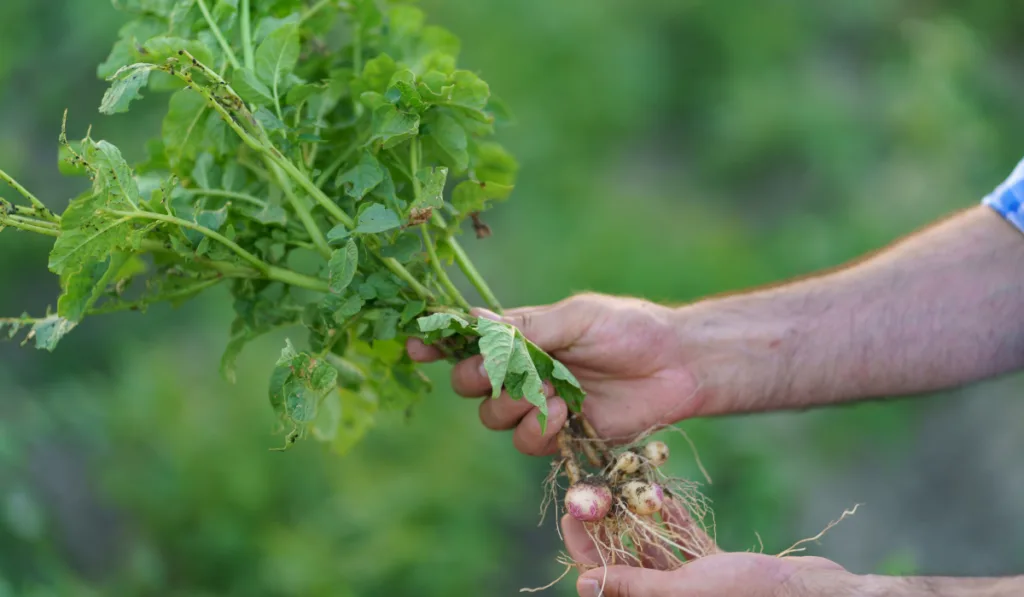
If you plant potato plants, you get to enjoy their tubers as well as some broad beans when you grow the two plants together.
Even though fava beans can enrich the soil, you still need to fertilize your potatoes so they will produce yummy potatoes.
- USDA and temperature requirements: Potatoes need 45-70°F for optimal growth. You can achieve this in USDA hardiness zones 3-10b.
- Humidity requirements: Even though they love high humidity, potato plants will grow just fine around 60 percent humidity.
- Light requirements: Your plants should have access to 6 or 7 hours of sunlight every day.
- Watering requirements: The soil should be consistently moist but never soggy.
For this relationship, grow the plants together but harvest the broad beans first.
3. Cucumbers
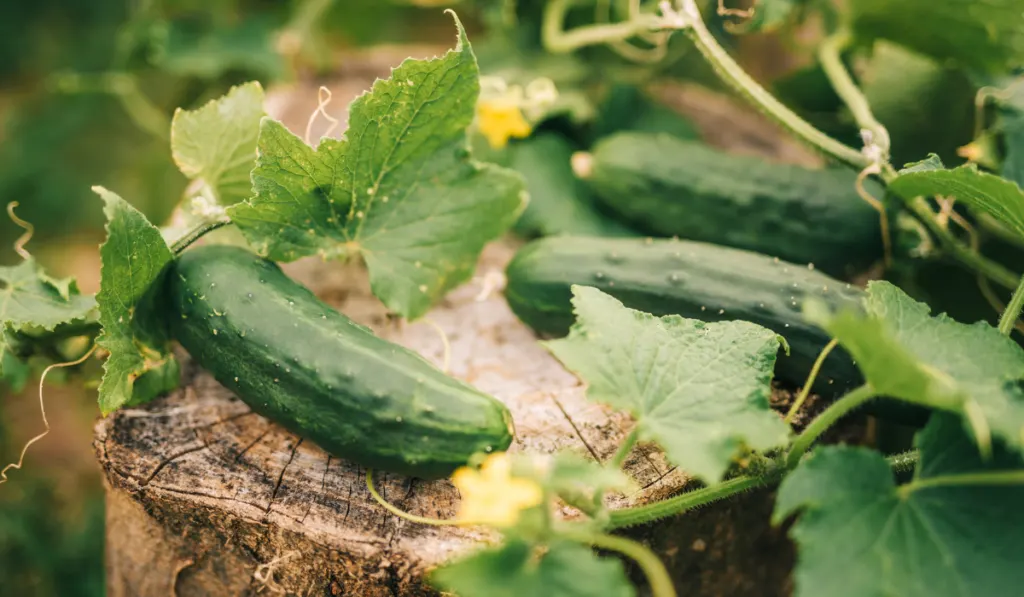
Cucumber vines will give you sweet fruit. Cucumbers benefit from fava beans because of the additional nutrients the beans provide.
Here are some cucumber requirements:
- USDA and temperature requirements: Cucumbers can grow in a wide range of temperatures, but most prefer higher temperatures around 75-80°F.
- Humidity requirements: 60-70 percent humidity is great for cucumbers.
- Light requirements: 6-7 hours daily for optimal growth.
- Watering requirements: Never wait until the soil is dry before you water the plants.
Cucumber vines will need support such as a cage or trellis to produce healthy fruit.
4. Catnip
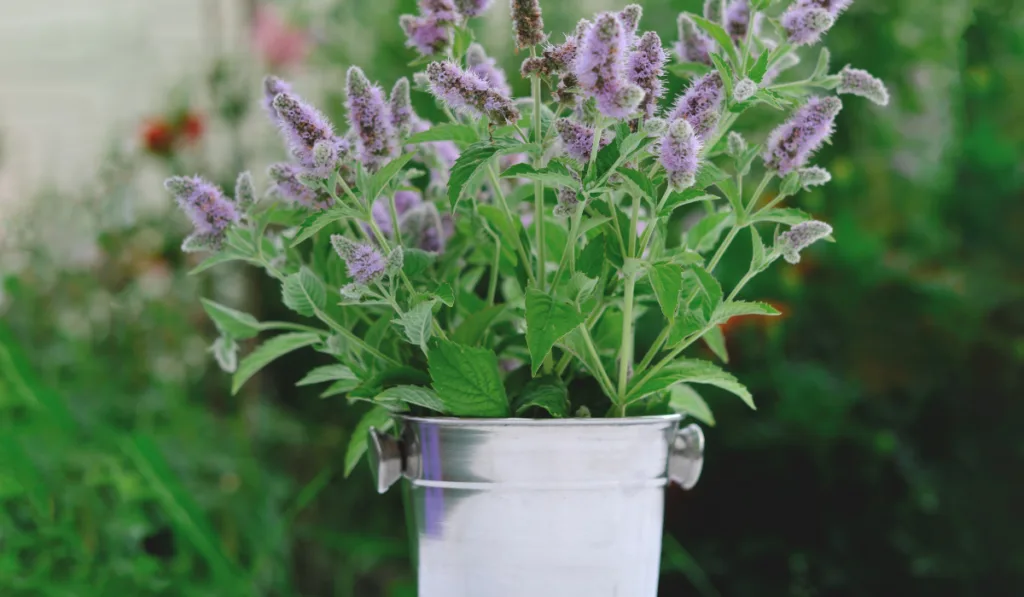
The relationship between broad beans and catnip favors the beans because catnip helps repel flea beetles and other pests that attack fava beans.
- USDA and temperature requirements: 55-85°F for optimal growth. You should grow these plants in USDA zones 3-9.
- Humidity requirements: 50 percent or more for optimal growth.
- Light requirements: Catnips can tolerate a wide range of light exposure.
- Watering: Wait until the upper surface of the soil is dry before you water the plants.
If you are growing broad beans for their sweet seeds, grow them with catnip.
5. Radishes
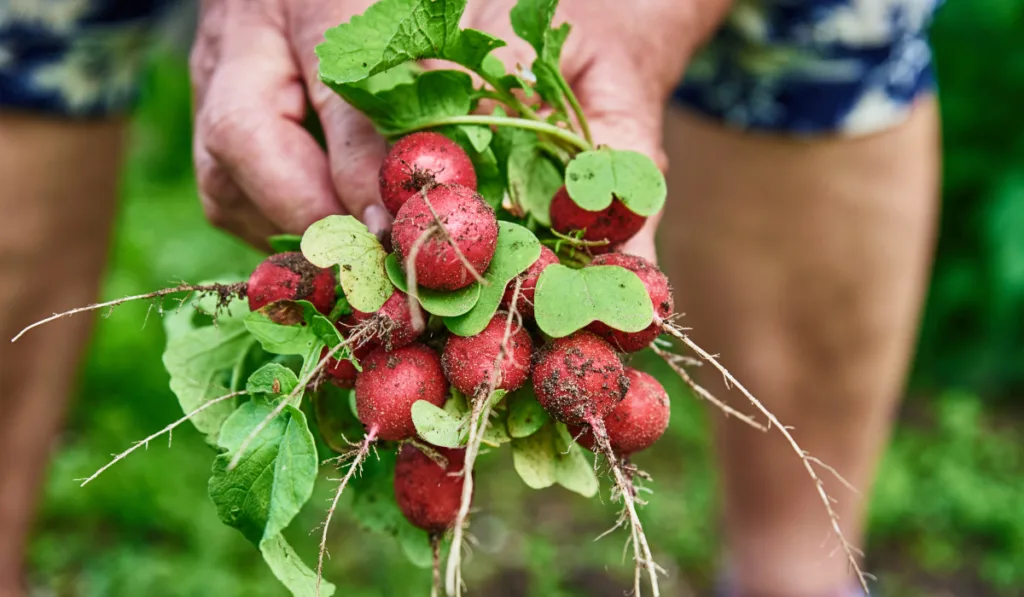
People grow radishes for their roots and leaves. Radishes tend to grow without any problems when you grow them as broad bean companion plants.
- USDA and temperature requirements: You can grow radishes in USDA zones 2 through 10. Just make sure that they grow at 40-70°F.
- Humidity requirements: Radishes love high humidity, but they will do just fine at around 60 percent humidity.
- Light requirements: Radishes need 6 hours of sunlight daily.
- Watering requirements: Water the plants once or twice weekly.
You can harvest multiple crops of radishes and beans in one year.
6. Rosemary
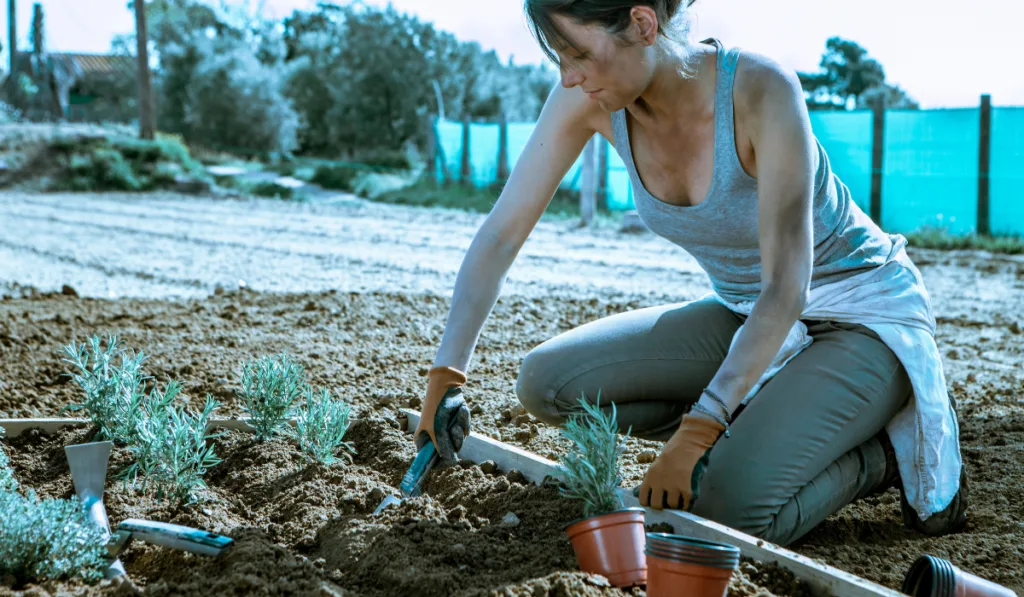
Like catnips, rosemary plants help repel some pests that can attack fava beans, like bean beetles. You can also harvest rosemary leaves to season dishes with their rich aroma.
- USDA and temperature requirements: Grow your rosemary plants in USDA zones 7-10 and at 55-80°F.
- Humidity requirements: Just around average humidity (45-55 percent).
- Light requirements: They need 4-6 hours of daily sun.
- Watering requirements: At least once or twice per week. Just make sure that the soil never completely dries.
This relationship will richly benefit both plants.
7. Cabbages
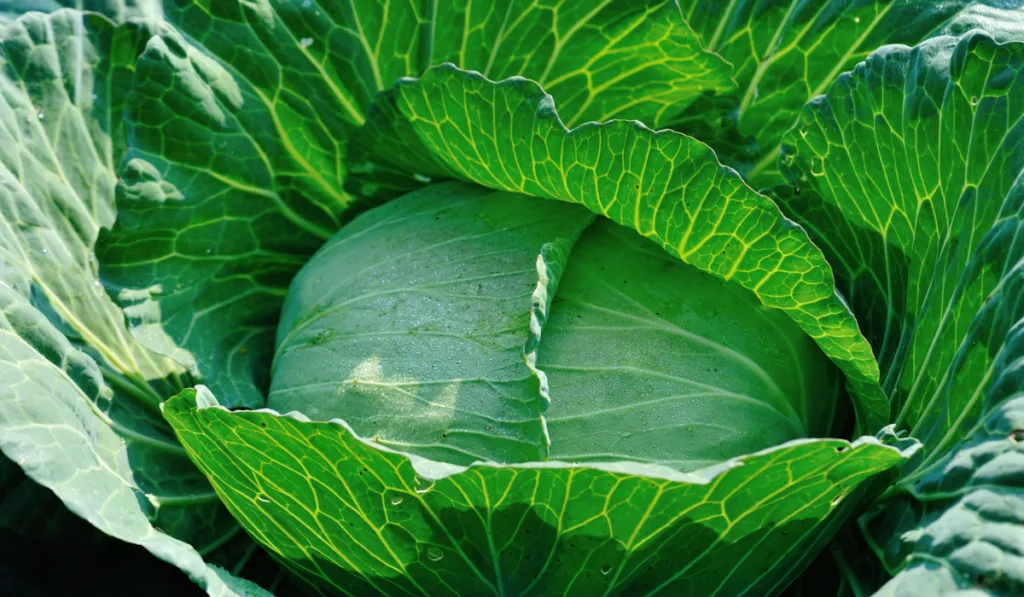
We grow cabbages for their crunchy leaves. While cabbages are easy to grow, they need a lot of nitrogen.
You can reduce your fertilizer cost by growing cabbages with broad beans.
- USDA and temperature requirements: According to the variety, cabbages can grow from USDA zone 1 to zone 10. They prefer temperatures around 55-75°F.
- Humidity requirements: They can grow in varying humidity levels (50-90 percent).
- Light requirements: Cabbages need 6 hours of full sun daily.
- Watering requirements: Cabbages grow in consistently moist soil or near dry soil. The soil should never be soggy.
You can harvest both fava beans and cabbages at the same time.
Which plant will you grow with your broad beans?
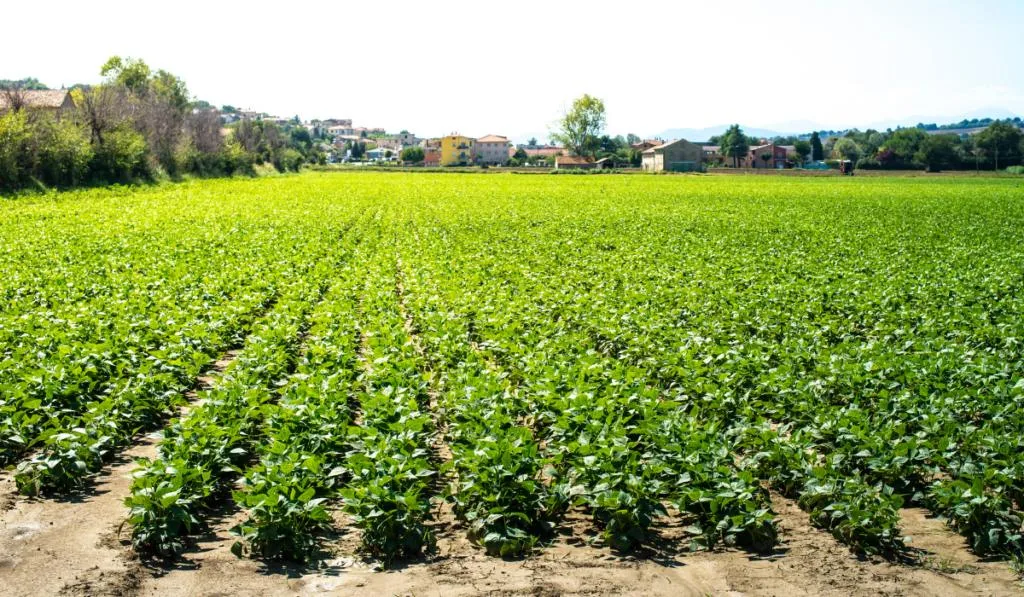
Benefits of Broad Beans to Plants and Farmers
Here are some useful benefits of fava beans:
1. As a Companion Plant
Broad beans are common in gardens, even though gardeners may not use the beans. A lot of people plant leguminous plants such as broad beans because they enrich the soil with the help of nitrogen-fixing bacteria.
Broad beans enrich the soil with the help of nitrogen-fixing bacteria.
As legumes, fava beans form a symbiotic relationship with bacteria that converts the inert nitrogen into an organic form that plants can use. The plant uses almost all of the nitrogen but later releases it back into the soil, especially when decomposing.
This simply means that when you grow broad beans with other plants, the other plants get to benefit from the free nitrogen that broad beans add to the soil.
2. As a Cover Crop
Have you ever wondered what you can do with your garden or raised garden bed in the fall or winter?
The best thing to do is to plant cover crops.
Cover crops help retain the nutrients in the soil, add more nutrients, and keep the soil structure in great condition for the next growing season.
Fava beans make excellent cover crops because they are cool season crops and can tolerate early winter temperatures.
To enrich the soil with a lot of nutrients, dig the plants into the soil before they produce flowers and seeds.
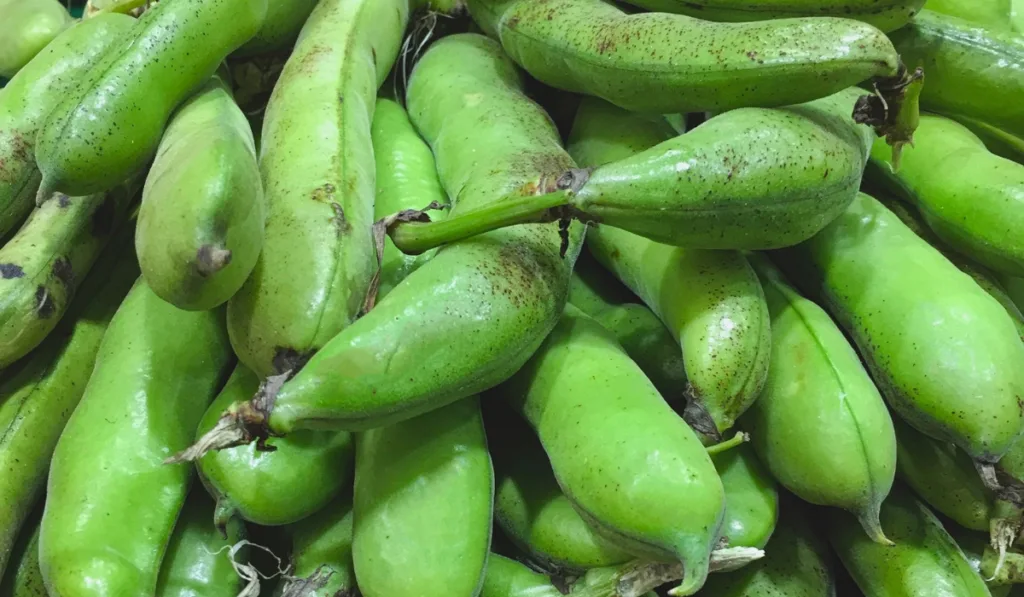
3. Sweet Beans and Delicacies
The most common use of broad beans remains the production of sweet beans that you can eat or cook.
Broad beans are not just nutritious; they are also delicious. When planting favas for their beans, you can plant them with rosemary or catnip because these plants can prevent pests from eating the beans.
4. For Composting
Composting involves decomposing broad bean plants as well as other organic materials to make soil amendments.
Broad beans are rich in nitrogen, making them a good addition to your compost pile.
Just make sure that you add a lot of browns (hay or dry leaves) to the pile.
5. As Animal Feed
Why throw your fava bean plants away when you can feed them to farm animals?
Animals such as cows, goats, sheep, and pigs benefit from eating broad bean plant parts because the entire plant is nutritious. Just make sure that you only give fresh plants to your animals.
As you can see, broad beans have a lot of uses for other plants, animals, and even you as a gardener.
Conclusion
Broad beans make great companion plants for corn, potatoes, cucumbers, rosemary plants, and others. Both the broad beans and the other plants benefit when grown together.
Just remember to properly space your plants, and do not forget to consider the growth requirements of the plants as well as your broad beans.
